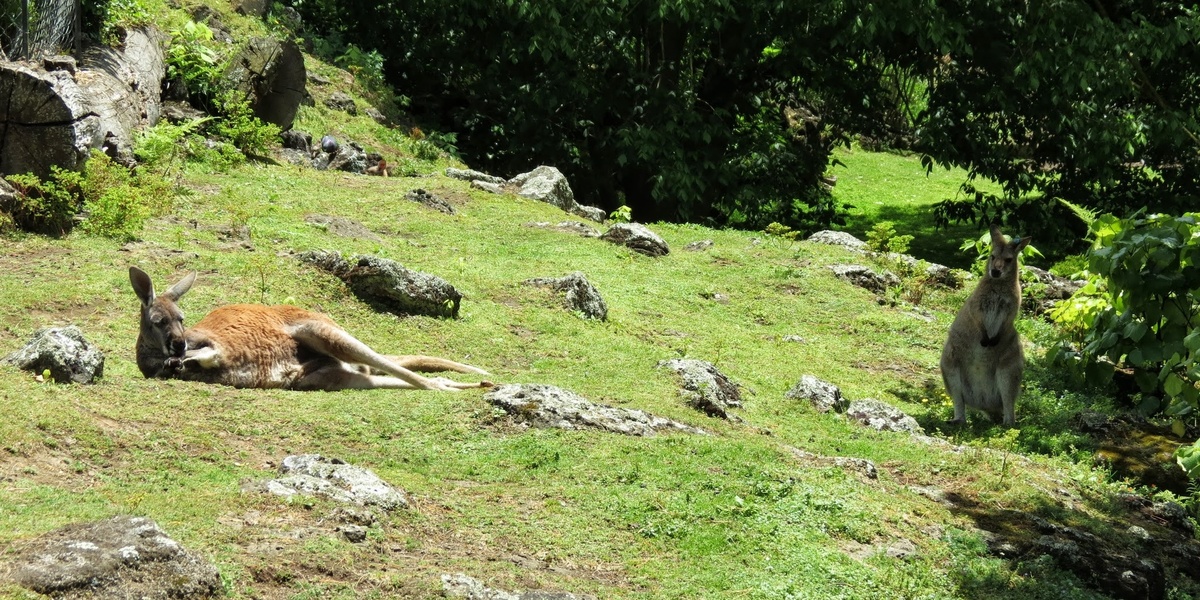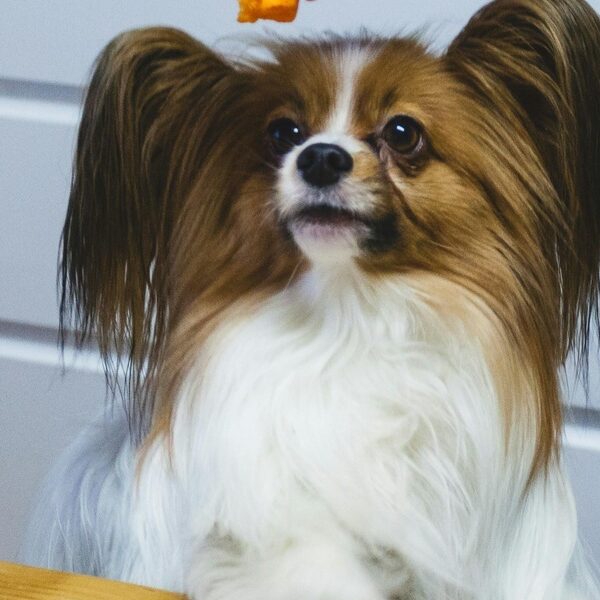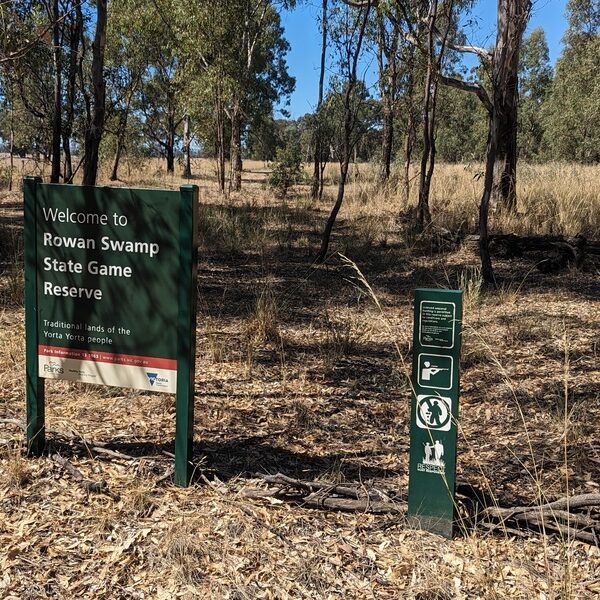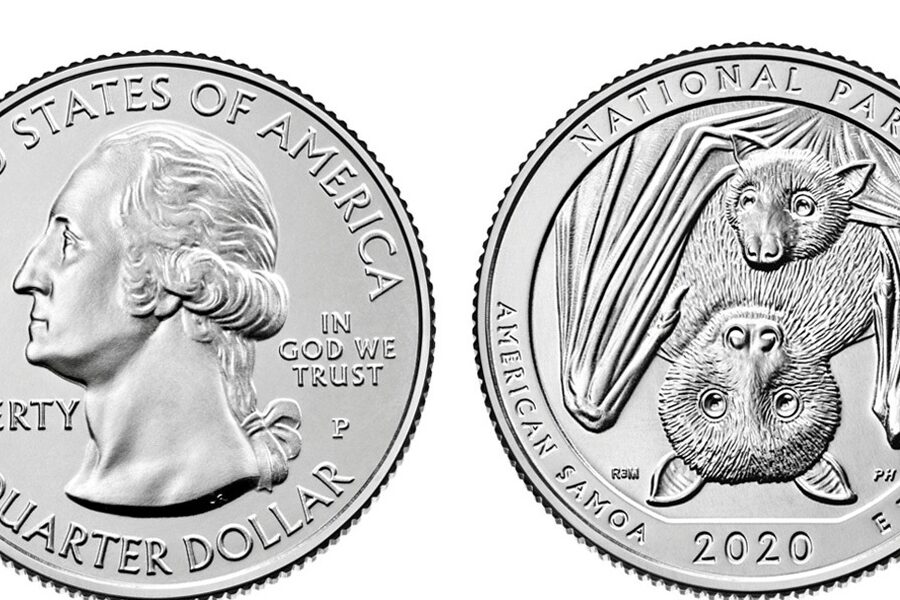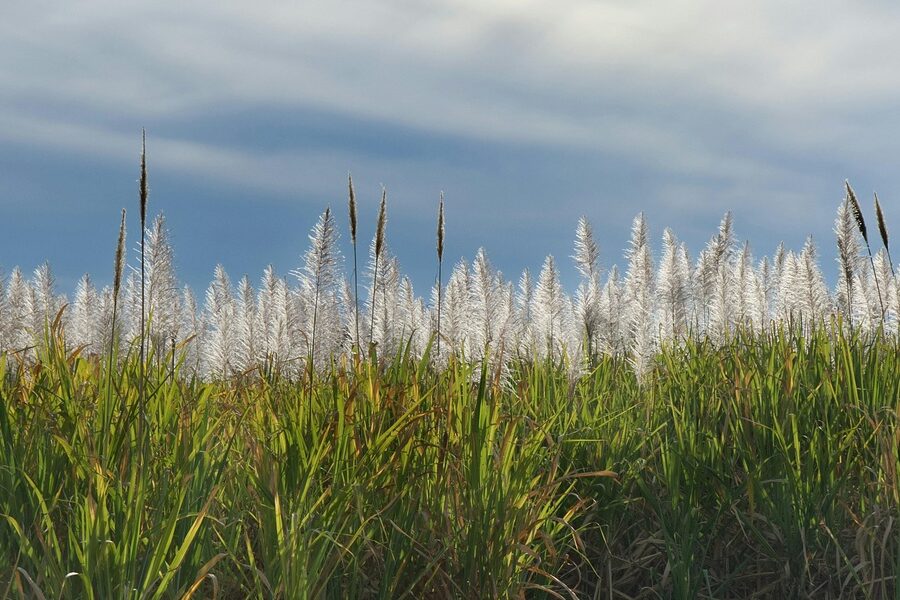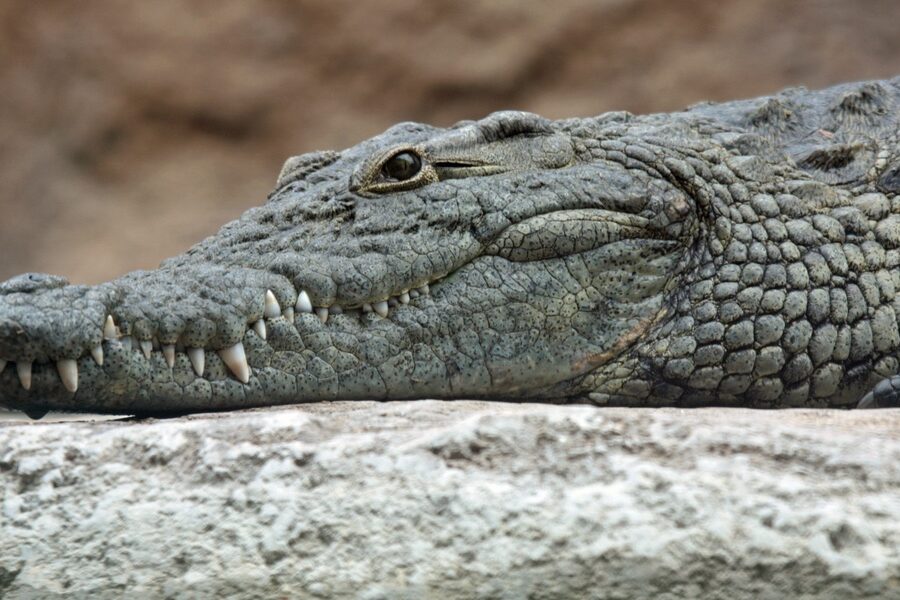The natural world offers an incredible spectrum of colors, but few shades stand out quite like a vibrant red. Whether it’s a display of dominance, a warning, or simply a striking adaptation to their environment, large creatures sporting this fiery hue are often truly unforgettable and command attention.
Here, we’ve compiled a fascinating list of 10 big red animals, showcasing a diverse range from the terrestrial Bongo to the aquatic Redfish. For each remarkable creature, you’ll find carefully organized details including its Scientific Name, Avg Weight (kg), and typical Habitat Region to explore below.
Why do some animals have a red coloration?
Red coloration in animals serves various vital functions. Often, it acts as a clear visual signal: for some, it’s a warning to predators, indicating toxicity or danger, while for others, especially in birds and fish, vibrant red plumage or scales are crucial for attracting mates and demonstrating health and vigor. In some cases, diet can also influence an animal’s red hues, as they absorb pigments from the foods they consume.
Big Red Animals
| Animal Name | Scientific Name | Avg Weight (kg) | Habitat Region |
|---|---|---|---|
| Red Kangaroo | Osphranter rufus | 75 | Australia |
| Bornean Orangutan | Pongo pygmaeus | 75 | Borneo, Southeast Asia |
| Red Deer | Cervus elaphus | 200 | Europe, Western Asia, North Africa |
| Red River Hog | Potamochoerus porcus | 80 | West and Central Africa |
| Bongo | Tragelaphus eurycerus | 250 | Central African rainforests |
| Giant Eland | Taurotragus derbianus | 600 | Central and West Africa |
| Maned Wolf | Chrysocyon brachyurus | 23 | Central South America |
| Red Hartebeest | Alcelaphus buselaphus caama | 135 | Southern Africa |
| Redfish | Sciaenops ocellatus | 15 | Western Atlantic Ocean |
| Red Grouper | Epinephelus morio | 10 | Western Atlantic Ocean, Gulf of Mexico |
Images and Descriptions
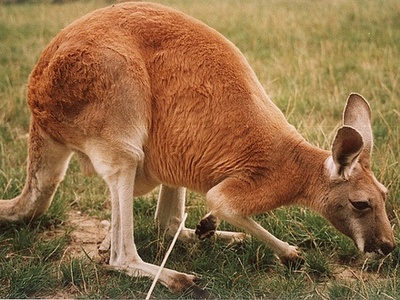
Red Kangaroo
The world’s largest marsupial, the male Red Kangaroo is famous for its powerful legs and reddish-brown fur. It can leap over 9 meters in a single bound and is a true icon of the Australian outback.
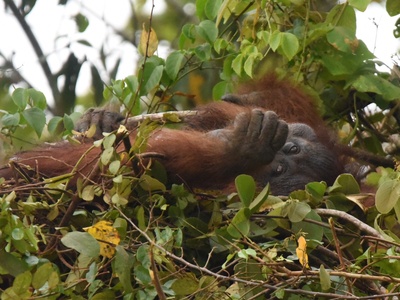
Bornean Orangutan
Known as the “person of the forest,” this large ape has distinctive long arms and shaggy reddish-brown hair. Orangutans are highly intelligent and spend most of their solitary lives in the treetops of tropical rainforests.
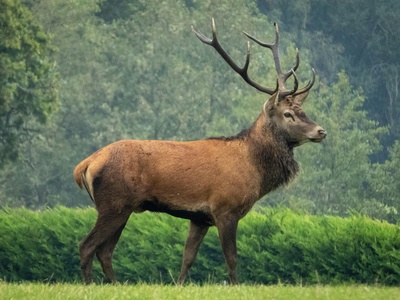
Red Deer
One of the largest deer species, the Red Deer is named for its reddish-brown summer coat. Stags are renowned for their impressive, branching antlers which are shed and regrown each year.
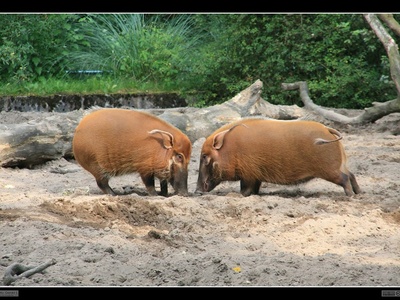
Red River Hog
Often called the most colorful member of the pig family, this social animal has a stunning bright reddish-orange coat and long, tufted ears. They are excellent swimmers and often forage near rivers and swamps.
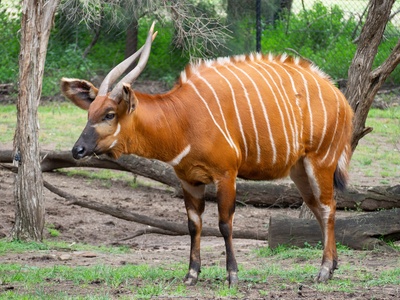
Bongo
A large and reclusive forest antelope with a beautiful reddish-chestnut coat marked by thin vertical white stripes. Unusually for antelopes, both males and females possess long, spiraled horns.
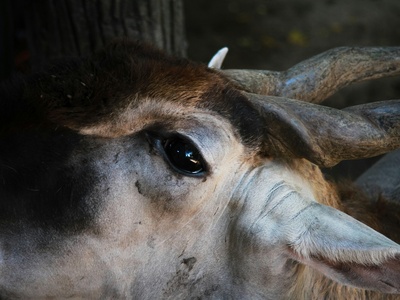
Giant Eland
The largest antelope in the world, the Giant Eland has a striking reddish-brown to sandy-orange coat. Despite its massive size, it is remarkably agile and can jump impressively high to escape danger.
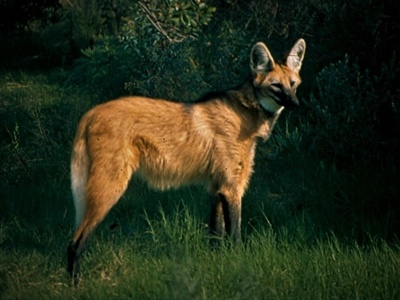
Maned Wolf
South America’s largest canid, the Maned Wolf is a unique, long-legged animal with a fox-like face and a thick, reddish-gold coat. It is not a true wolf and is known for its distinct “roar-bark”.
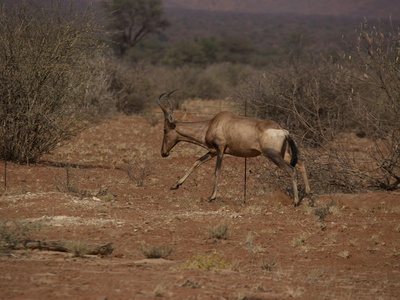
Red Hartebeest
A large, fast antelope recognized by its glossy reddish-fawn coat and long face. They are incredibly fleet-footed, capable of reaching high speeds and maintaining them over long distances to outrun predators.
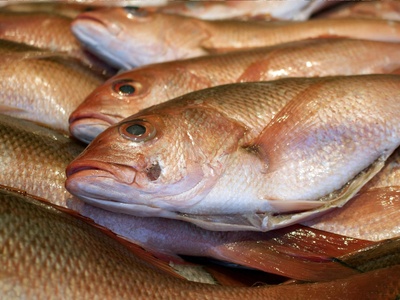
Redfish
Also known as the Red Drum, this popular saltwater game fish has a beautiful coppery-red body. It is easily identified by one or more large black spots near its tail, used to confuse predators.
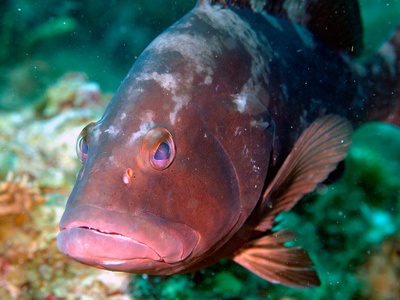
Red Grouper
A robust bottom-dwelling fish with a characteristic reddish-brown coloration and a large mouth. These fish are protogynous hermaphrodites, beginning life as females and often transitioning to males as they grow older.
